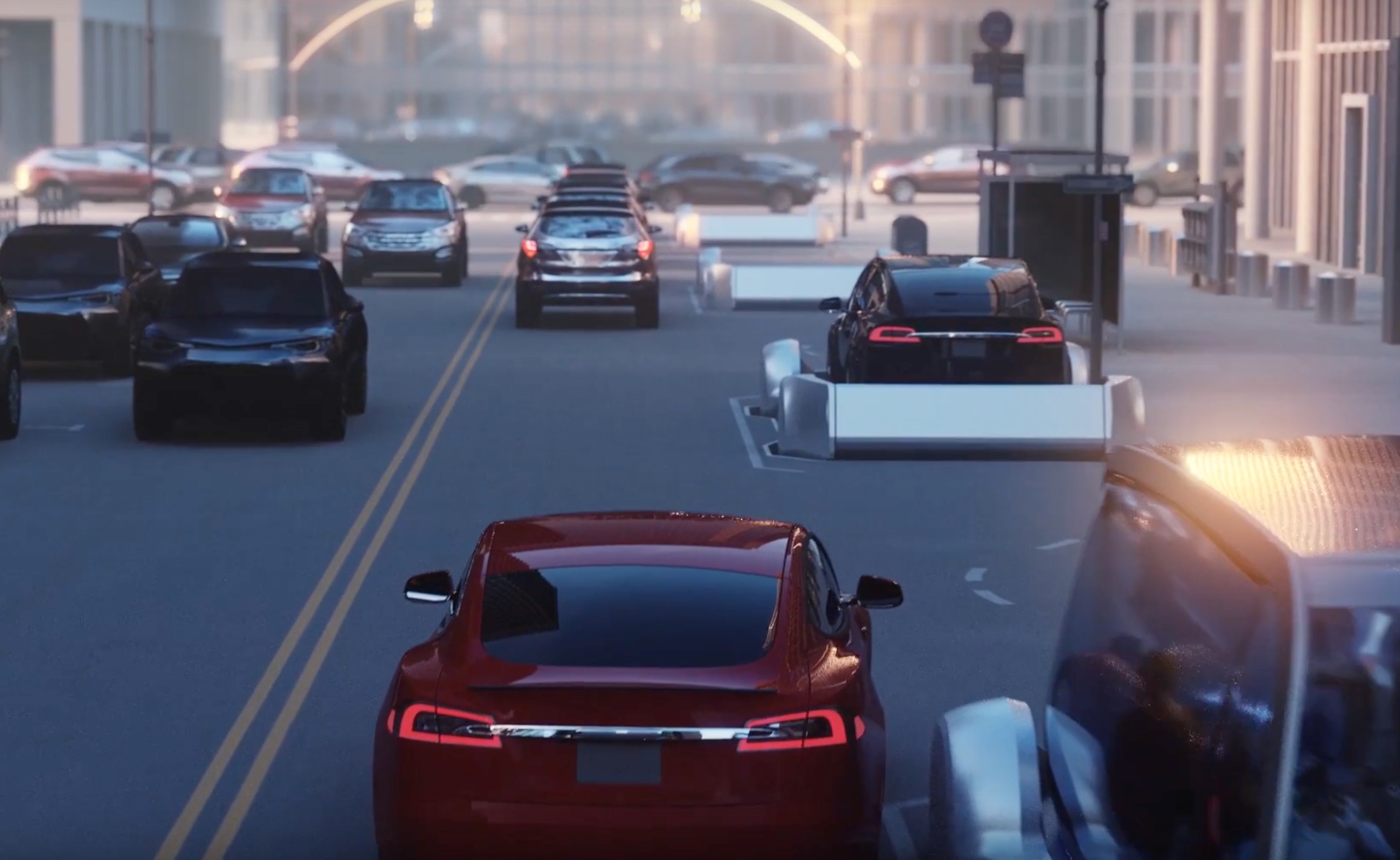

News
Musk outlines cost-cutting plan for Boring Co: cheaper, faster tunnel digging
One of the large reveals made by Tesla and SpaceX Chief Elon Musk at TED2017 was his plan to create a multi-layer high-speed tunnel infrastructure to support mobility by way of electric skates and Hyperloop tubes.
A key point that he drove home for the underground tunnel network was the integration of the system into cities.
“You have to be able to integrate the entrance and exit of the tunnel seamlessly into the fabric of the city. So, by having an elevator, sort of a car skate that is on an elevator, you can integrate the entrance and exits to the tunnel network just by using 2 parking spaces.”
Musk shared a video demonstrating how skate elevators would be integrated into city streets where they await vehicles looking to be transported through the underground labyrinth of tunnels. The serial tech entrepreneur envisions loading docks wherein vehicles would simply pull into the skate, get lowered into the tunnel network, and be sent along a slot car-like track at speeds of 200 km/h ( 124 mph). The Boring Company’s tunnel network won’t simply alleviate surface congestion, it will completely transform the way we move cars, people and freight, says Musk.
It is worth noting that The Boring Company and Tesla are under control of Musk, while the Hyperloop project has been open sourced, but with support from SpaceX.
Eliminating human drivers allows the skates to move at much faster speeds than human-controlled vehicles. Fixed routes within the tunnel network further improve safety beyond the dynamic nature of human-determined driving routes. The tunnel network is also infinitely scalable. “You can alleviate any arbitrary level of open congestion with a 3D tunnel network.” and that “There’s no real limit to how many levels of tunnels you can have.”, says Musk from TED2017.
The key barrier to creating tunnels today is the exorbitant cost. The recent 2.5 mile expansion to the Los Angeles subway system came at a cost of nearly $1 billion per mile. Musk and team at the Boring Company hope to cut the cost of tunneling by a significant amount by streamlining the tunneling process and reinventing the machines that help facilitate the digging.
https://www.youtube.com/watch?v=u5V_VzRrSBI
Building Tunnels For Less
First, the team is looking to cut the diameter of the tunnels they dig, moving from the traditional tunnel diameter for passenger vehicles of 26 to 28-feet to a 12-foot standard diameter which would be sufficient for the Tesla skate. On the surface, this might not seem like a lot, but cutting the diameter by 50% cuts the cross sectional area by a factor of four. This is significant as the speed and cost of tunneling is largely driven by the amount of cross sectional area to dig. Being able to cut out 75% of the time associated with digging comes with enormous cost savings.
Second, the team plans to attack head-on the way tunneling machines currently dig. Traditional machines dig, slowly and incrementally, then stop to install reinforcements to support the newly exposed earthen walls. Musk and team are working to install the reinforcements continuously thus eliminating the need to pause operations. This integration is expected to increase the speed of the overall process by as much as 50%.
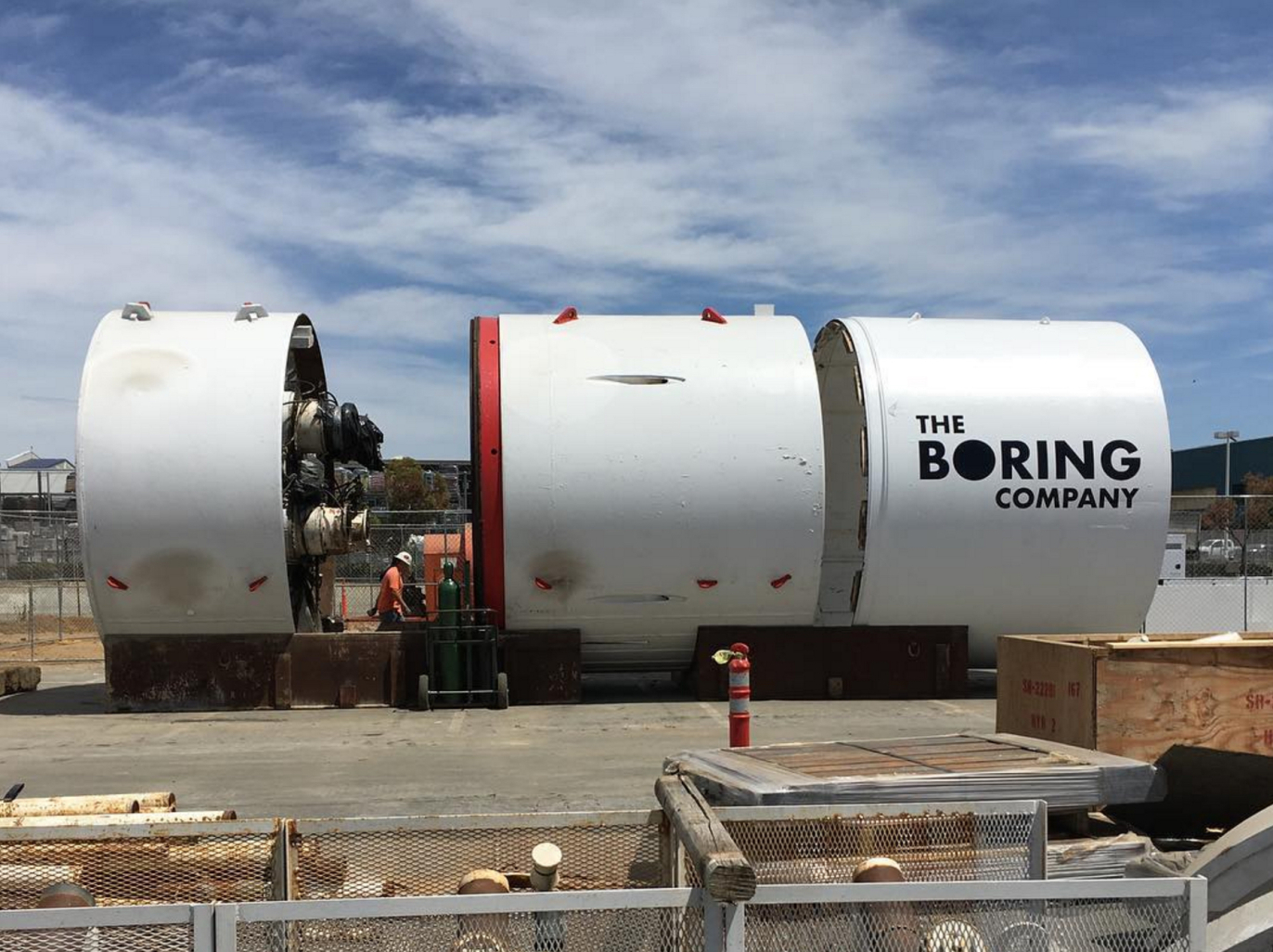
The Boring Company tunneling machine spotted in front of SpaceX in April, 2017
Finally, the team believes that current digging machines are nowhere near their power and thermal limits, and is looking to ‘jack up the power’ to the digging machines. Doing this, the team hopes to increase the speed by a factor of 4 or 5 on top of the other improvements being suggested by Musk.
Musk also revealed that The Boring Company has a pet snail named Gary who can currently travel at 14 times the speed of existing tunneling machines. While this is more a testament about how slow the boring process is than the amazing speed of Gary, it is a fun target for the team, to be able to build tunnels quicker than Gary can crawl, and continues the comedic spin on the new company.
These tunnels could be kept at or near a vacuum to reduce or eliminate air resistance for all the moving objects within it. Curiously, Musk shared that,
“To withstand the water table, you have to design a wall to be able to withstand 5 or 6 atmospheres. To go to vacuum, you only need to be able to withstand 1 atmosphere.”
It is clear that Musk is very excited about this new Boring Company. He indicated during his sit down at TED2017 that he spends 2-3% of his time on the project, noting that it’s essentially being run as not much more than an intern project with a used boring machine and a few people dedicating partial effort to it.

News
Starlink Expands in Brazil via John Deere Partnership
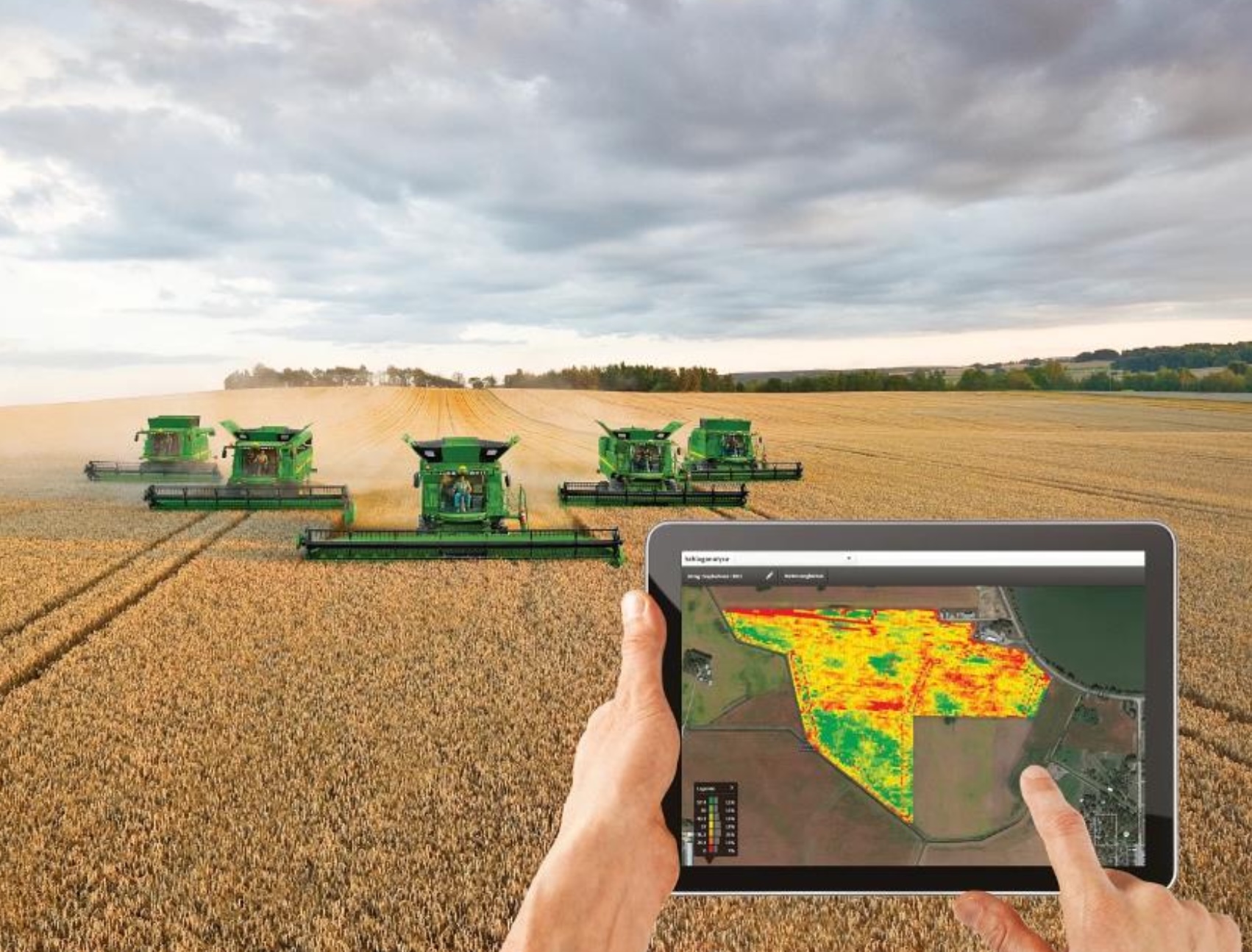
Starlink is expanding in Brazil through John Deere and it is boosting connectivity for rural agriculture.
The agricultural equipment giant rolled out Starlink’s satellite broadband service in Brazil and parts of the U.S., targeting underserved regions. Shipments of Starlink equipment began in January 2025, according to Jahmy Hindman, SVP and CTO at John Deere, with sales already topping 2,000 units.
“We’re actually seeing sales surpass expectation at this point,” said Aaron Wetzel, VP of production and precision ag production systems at John Deere, in an interview with Mobile World Live. He added, “For us to really create the value for them through our technology solutions, we need to bring that connectivity to them.”
Wetzel noted that around 20% of the U.S. lacks reliable internet. Meanwhile, 70% of John Deere’s North American connectivity relies on AT&T’s 4G network.
John Deere integrates SpaceX’s internet service into its agricultural equipment by placing Starlink terminals on the machine’s cabs. The company offers Starlink equipment as an aftermarket product, shipped directly from factories. Starlink service delivers downlink speeds of 50Mb/s to 100Mb/s, uplink speeds of 10Mb/s to 20Mb/s, and latency between 20 and 70 milliseconds.
Starlink’s internet services allow farmers to use John Deere’s mobile app. With Starlink and the mobile app, farmers can access live video feeds, sensor data, and real-time data sharing. Internet access also gives farmers access to advanced features like autonomy, remote diagnostics, enhanced self-repair, and machine-to-machine communication.
In August 2024, John Deere announced its partnership with Starlink. It is expected to sell an aftermarket solution of rugged Starlink terminals and cellular modems, enabling them to connect to agricultural machines and farm management systems. John Deere had an early access program for its ruggedized Starlink terminals, which were open to customers in the United States and Brazil.
Elon Musk
Tesla Energy shines with substantial YoY growth in deployments
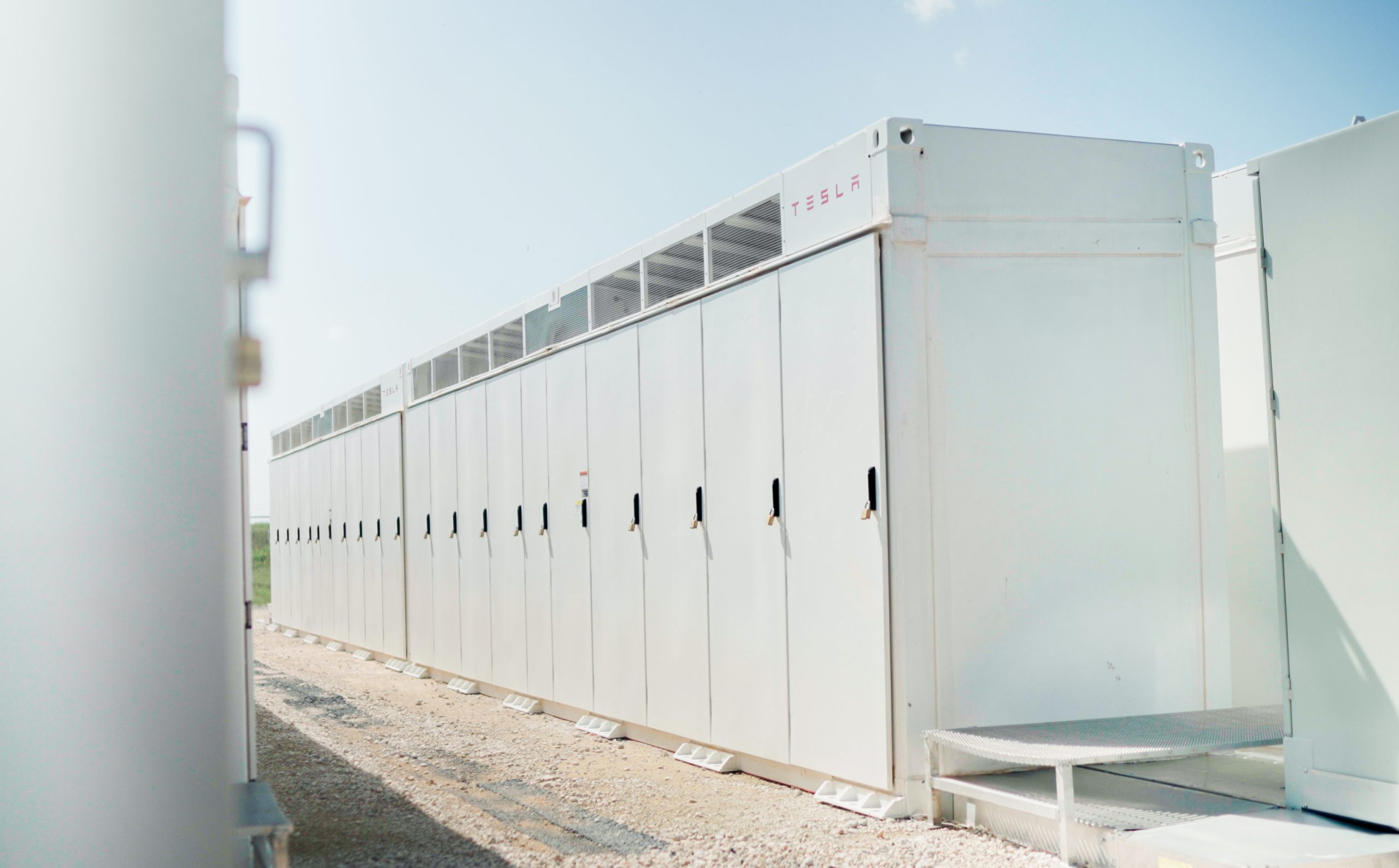
Tesla Energy shined in what was a weak delivery report for the first quarter, as the company’s frequently-forgotten battery storage products performed extraordinarily well.
Tesla reported its Q1 production, delivery, and deployment figures for the first quarter of the year, and while many were less-than-excited about the automotive side, the Energy division performed well with 10.4 GWh of energy storage products deployed during the first quarter.
This was a 156 percent increase year-over-year and the company’s second-best quarter in terms of energy deployments to date. Only Q4 2024 was better, as 11 GWh was recorded.
Tesla Energy is frequently forgotten and not talked about enough. The company has continued to deploy massive energy storage projects across the globe, and as it recorded 31.5 GWh of deployments last year, 2025 is already looking as if it will be a record-setting year if it continues at this pace.
Tesla Megapacks to back one of Europe’s largest energy storage sites
Although Energy performed well, many investors are privy to that of the automotive division’s performance, which is where some concern lies. Tesla had a weak quarter for deliveries, missing Wall Street estimates by a considerable margin.
There are two very likely reasons as to why this happened: the first is Tesla’s switchover to the new Model Y at its production facilities across the globe. Tesla said it lost “several weeks” of production due to the updating of manufacturing lines as it rolled out a new version of its all-electric crossover.
Secondly, Tesla could be facing some pressure from pushback against the brand, which is what many analysts will say. Despite the publicity of attacks on Tesla drivers and their vehicles, as well as the company’s showrooms, it would be safe to assume that we will have a better picture painted of what the issue is in Q2 after the company reports numbers in July.
If Tesla is still struggling with lackluster delivery figures in Q2 after the Model Y is ramped and deliveries are more predictable and consistent, we could see where the argument for brand damage is legitimate. However, we are more prone to believe the Model Y, which accounts for most of Tesla’s sales, and its production ramp is likely the cause for what happened in Q1.
In what was a relatively bleak quarter, Tesla Energy still shines as the bright spot for the quarter.
Elon Musk
Tesla bull Wedbush responds to Q1 deliveries: ‘A disaster on every metric’
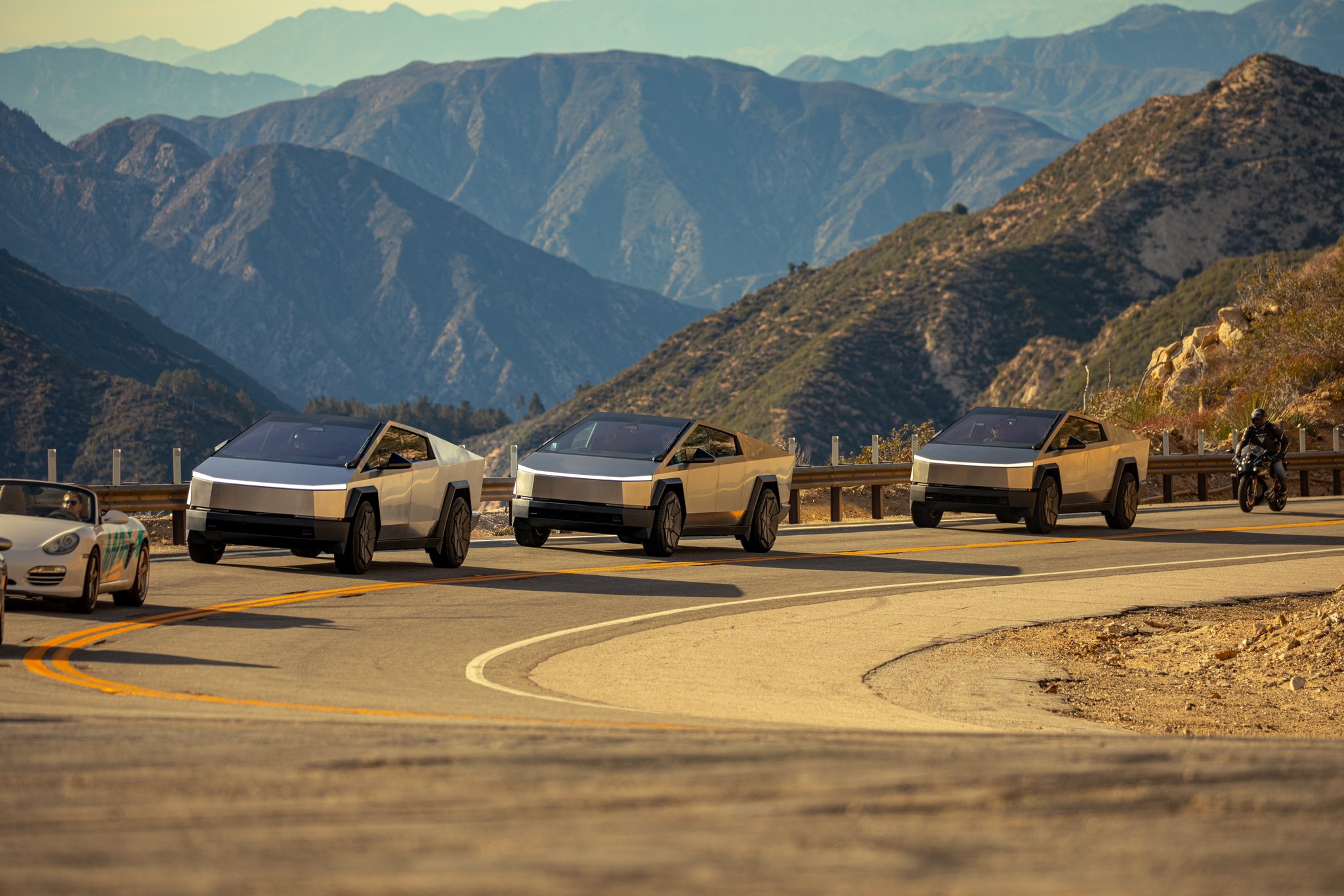
Tesla bull Wedbush has responded to the company’s lackluster Q1 delivery figures, which were released on Wednesday morning in a new note from analyst Dan Ives.
Tesla reported deliveries of 336,681 vehicles in the first quarter of the year, a far cry from the Wall Street estimate of 352,000 and whisper numbers of roughly 350,000. At first glance, it seems to be a disaster, but Tesla said it lost “several weeks of production” in Q1 due to the ramp of the new Model Y at all four of its vehicle production factories.
This could be part of the reason that the company experienced a quarter of this performance, but there are also factors stemming from CEO Elon Musk’s involvement in the U.S. government, which has created some pushback in various markets.
It’s tough to say how much of each issue caused this type of quarter, but Ives wrote in a note to investors that Wedbush could not look at this “with rose-colored glasses,” as the performance “was a disaster on every metric.”
Ives believes it is time for Musk to make a move:
“The Street and us knew a bad 1Q was coming but this was even worse than expected. The time has come for Musk….it’s a fork in the road moment. The more political he gets with DOGE the more the brand suffers, there is no debate. This quarter was an example of the damage Musk is causing Tesla. This continues to be a moment of truth for Musk to navigate this brand tornado crisis moment and get onto the other side of this dark chapter for Tesla with much better days ahead.”
Interestingly, the stock dropped over 5 percent after the delivery report. It quickly rebounded 8 percent and is currently up over 5 percent on the day after a report from Politico stated that Musk and President Donald Trump have discussed the CEO stepping back from the Department of Government Efficiency (DOGE).
Based on that, it seems that investors were looking for Musk to step back from his government duties and show more public attention to Tesla. Realistically, we do not know how much of his time is being devoted to Tesla and its EV initiative. However, it seems investors were ready to hear something along the lines of Musk being more involved and speaking openly about Tesla and its projects.
It’s not all bad. Ives still recognizes Tesla’s prowess with the rollout of robotaxi and Full Self-Driving and how much impact it could have moving forward:
“Autonomous remains the biggest transformation to the auto industry in modern-day history and in our view, Tesla will own the autonomous market in the US and globally with the launch of unsupervised FSD in Austin kicking off the autonomous era at Tesla that we value at $1 trillion alone on a sum-of-the-parts valuation…”
With that being said, he also wants Musk to balance responsibilities with DOGE and Tesla:
“BUT…Musk needs to stop this political firestorm and balance being CEO of Tesla with DOGE. The future is so bright but this is a full blown crisis Tesla is navigating now and its primarily self-inflected. We remain firmly bullish on the long-term Tesla story but Musk needs to get his act together or else unfortunately darker times are ahead for Tesla.”
Tesla shares are trading at $283.01, up 5.42% at 1:57 p.m. on the East Coast.
-
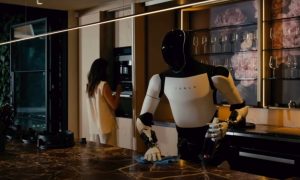
 News2 weeks ago
News2 weeks agoTesla aiming to produce first “legion” of Optimus robots this 2025
-
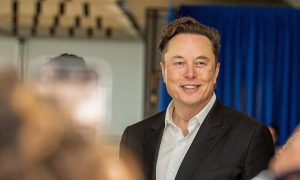
 Elon Musk1 week ago
Elon Musk1 week agoTesla CEO Elon Musk’s simple message to vandals
-
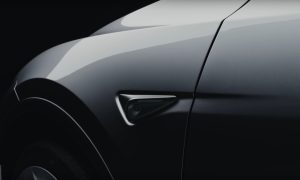
 Elon Musk2 weeks ago
Elon Musk2 weeks agoElon Musk confirms two measures Tesla is taking to fight vandalism
-
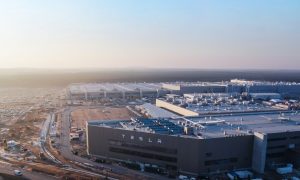
 News2 weeks ago
News2 weeks agoTesla’s Giga Berlin director responds to anti-Musk criticism
-
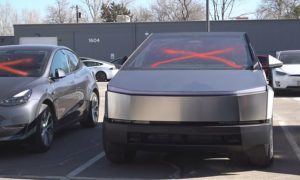
 Elon Musk2 weeks ago
Elon Musk2 weeks agoTesla owners doxxed by controversial anti-DOGE website in clear intimidation tactic
-
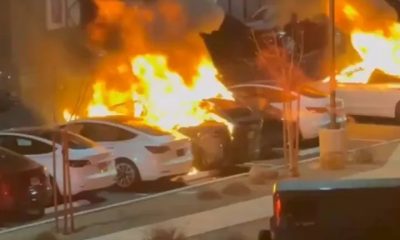
 Elon Musk7 days ago
Elon Musk7 days agoTesla vandal who lit Las Vegas repair center on fire arrested
-

 Elon Musk2 weeks ago
Elon Musk2 weeks agoElon Musk to file lawsuit against former US Rep Jamaal Bowman: “I’ve had enough”
-
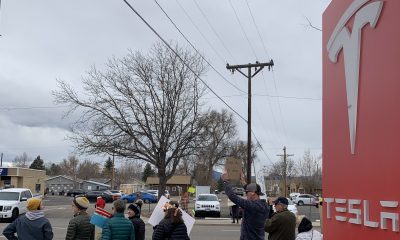
 Elon Musk7 days ago
Elon Musk7 days agoTesla vehicles hit by ATV, suspect caught by Sentry Mode








